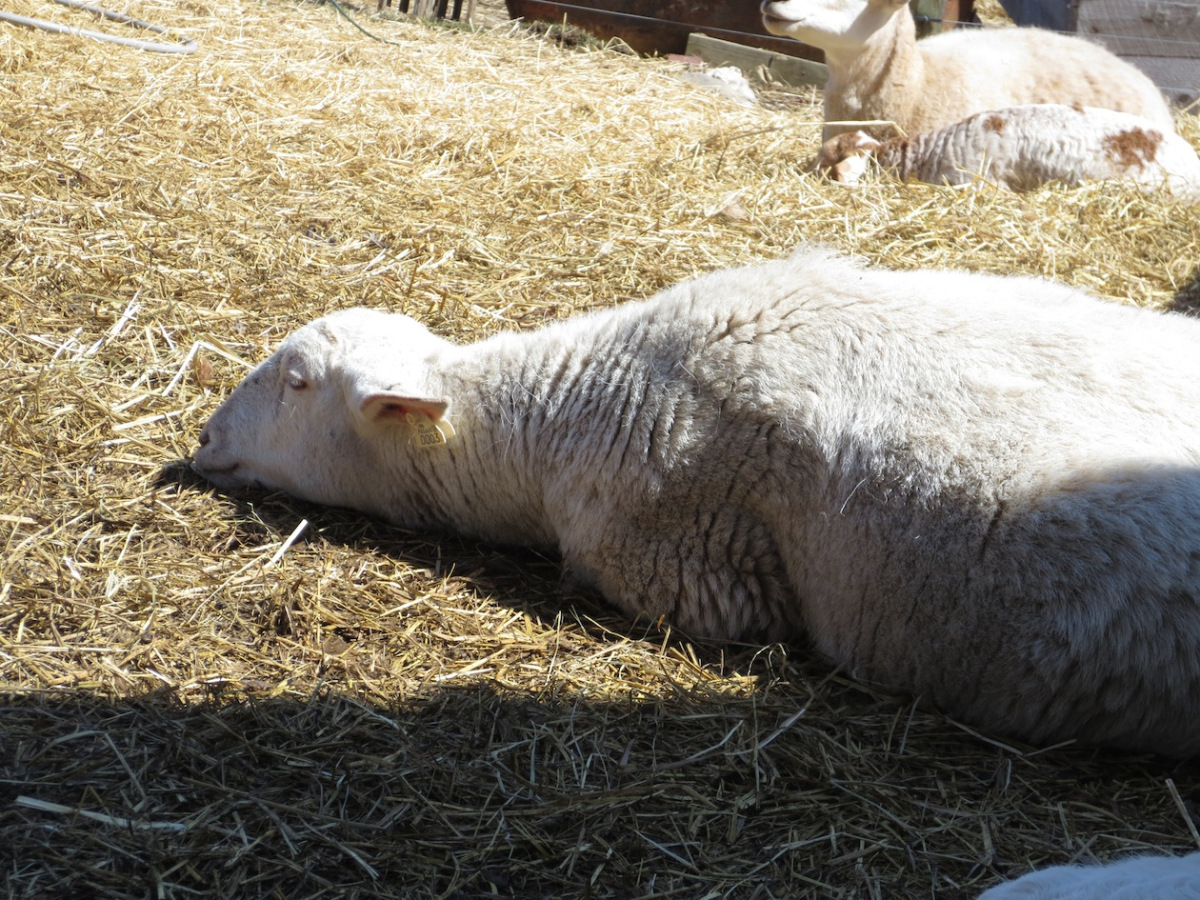ABC's Wide World of Sports:"Spanning the globe to bring you the constant variety of sport!
The thrill of victory, and the agony of defeat!"
Thrill--Yesterday, thanks to a Google search,I downloaded the owner's manual and read a few engine troubleshooting sites, tried a few suggestions and got the power washer running. Not sure if topping off the oil or replugging the low oil sensor wires made the difference but the washer works and the barn looks great. Victory.
Defeat--The plan is that this tote will carry water from the downspout or cistern to the Hill pasture across the road. Until we have a running gear under the tote our small skidsteer can only carry enough for one trough filling. When I tried to drain the excess water into the ditch to make moving the tote more stable, the handle broke off in my hand. Agony.































